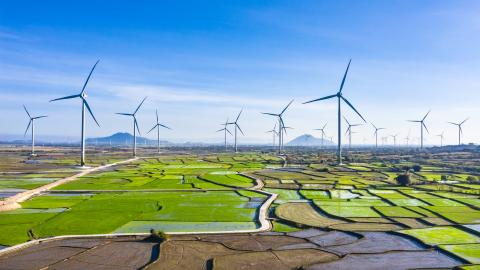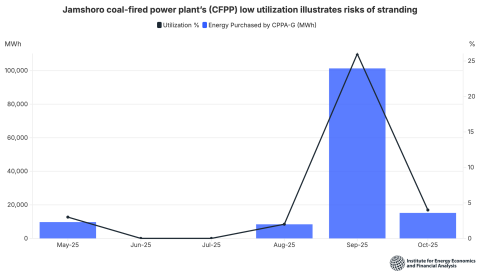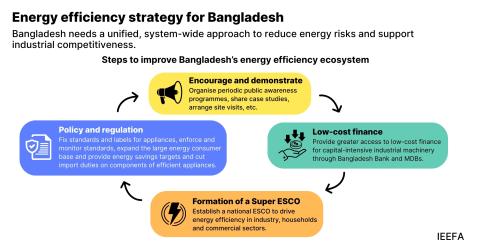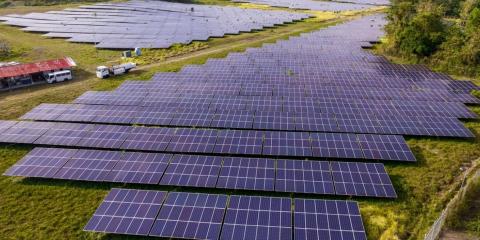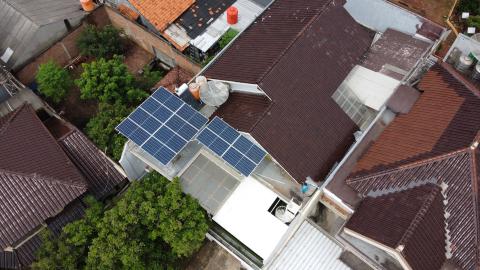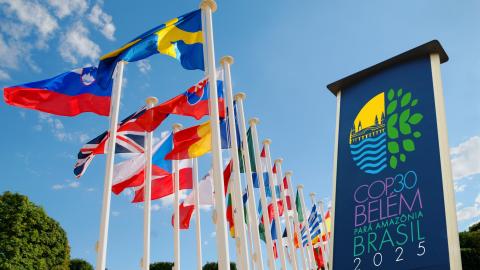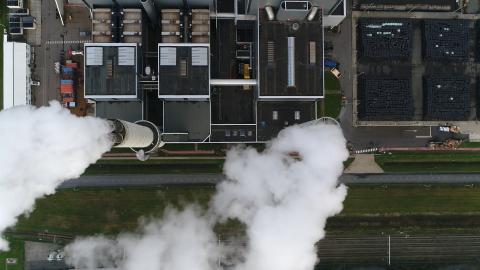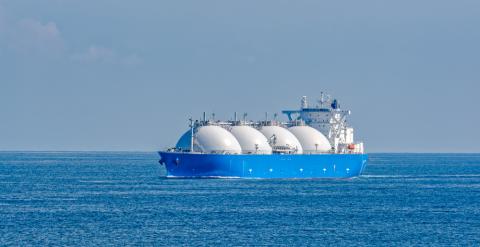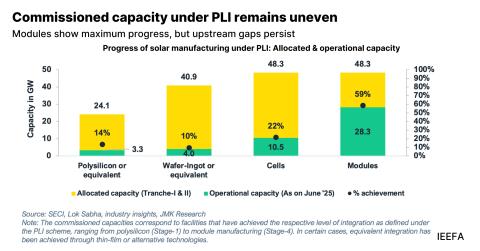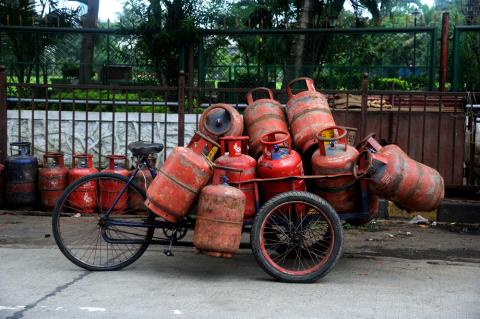COP30: From pledges to measurable action
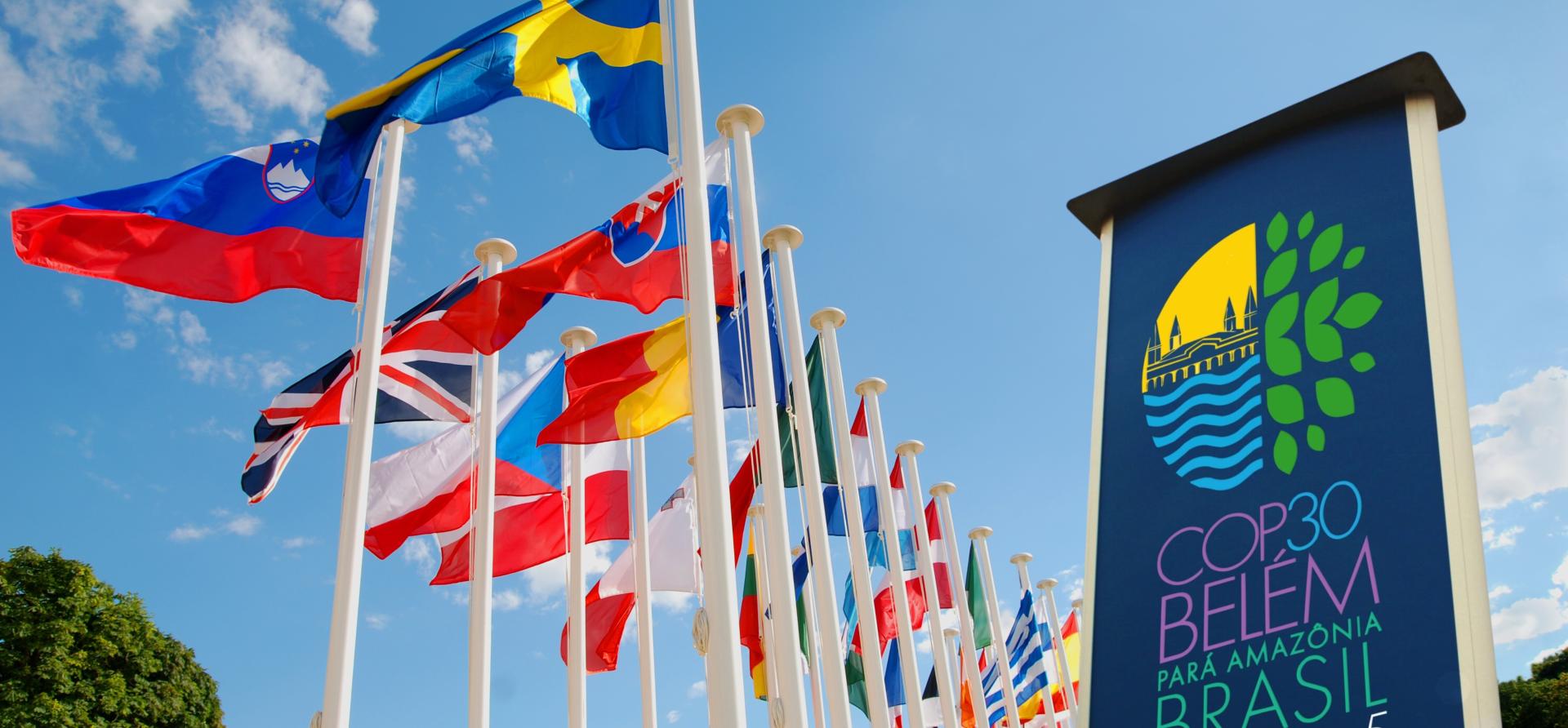
Key Findings
It is time for developed countries to urgently deliver on their climate commitments. They must expand concessional funding, align country platforms with national transition priorities in emerging markets and developing economies (EMDEs), and co-finance de-risked project pipelines in the Global South.
A comprehensive and inclusive taxonomy is needed to help identify viable transition technologies and activities, screen investments and provide clarity for investors and companies on the country’s long-term climate priorities.
Multilateral development banks must shift from balance sheet preservation to risk-sharing. Using guarantees and hybrid instruments can attract private finance and reduce the cost of capital for EMDEs.
COP30 must expand the climate dialogue to include resource security, Just Transition and equitable access as core pillars of the energy transition. This requires diversifying supply chains through global co-operation and responsible exploration that benefits local economies.
As the world gathers in Belem, Brazil, next month for the Conference of the Parties (COP30), attention will turn to how nations translate their climate pledges into concrete action. With rising geopolitical tensions, climate risks and widening ambition gaps, this year’s summit is a decisive moment. Countries are expected to submit their third round of Nationally Determined Contributions (NDC 3.0), setting the course for global climate ambition.
With the COP presidency returning to a developing country, it provides an opportunity for the Global South to seize the climate agenda. Climate change has moved beyond numbers and breaking records to actual impact. In South Asia, extreme heatwaves and widespread flooding have caused excessive damage to life and property. The impact is not limited to the Global South, with Europe the fastest warming continent in the world.
Ambitious NDCs a necessity
The breaching of the 1.5°C climate threshold underscores the importance of NDC 3.0 as an opportunity for countries to reclaim the climate narrative by setting ambitious targets. To date, 62 countries have submitted updated NDCs.
In the decade since the Paris Agreement, progress has been made. This year, clean energy investment is expected to double that for fossil fuels, and temperature rise may be limited to 2.4°C instead of 3.7-4.8°C if current NDCs are implemented. However, more can be done.
Developed countries have enhanced emissions reductions commitments in their NDC 3.0 submissions, but these are not enough to combat global climate concerns. The European Union (EU) has been unable to reach consensus on its targets. In a statement of intent, the EU suggested reducing emissions by 66.25-72.5% from 1990 levels. However, civil society organisations have repeatedly highlighted inadequacies in the EU’s climate ambitions.
It is time for developed countries deliver on their financial commitments. India has championed the inclusion of the principle of common but differentiated responsibilities and respective capabilities (CBDR-RC) in the Paris Agreement. At previous COPs, India emphasised the need for climate justice, asking developed countries for rapid emissions reductions. Climate justice is also the key theme of Brazil’s NDC, and the issue is expected to dominate COP30.
China, the world’s largest carbon emitter, has committed to cautious emissions reduction targets in its updated NDC, including increasing the share of non-fossil fuels to 30% in primary energy consumption.
India’s updated NDC, to be submitted right before COP, is expected to enhance its energy efficiency and emissions reduction targets. Notably, India is on track to exceed the 2030 NDC targets, and has already achieved 50% of non-fossil fuel installed power capacity target five years ahead of the timeline. India aims to add 500 gigawatts (GW) of renewable energy by 2030, and NDC 3.0 is an opportunity to reinforce its climate leadership role.
Finance remains the weakest link
To achieve the Paris Agreement targets, the world needs to invest US$6.3-6.7 trillion annually by 2030, including US$2.3-2.5 trillion in emerging and developing economies alone. Yet, actual climate finance flows fall far below this threshold, particularly for adaptation, resilience and Just Transition priorities. The gap is expected to widen unless structural reforms are accelerated.
Last year’s “Finance COP” stressed the need to bridge this gap in climate funding. India and the G77 group had called for US$1 trillion annually, but the New Collective Quantified Goal aims for US$300 billion in annual climate finance from developed countries by 2035. COP30 faces the test of turning this momentum into meaningful action. The world can no longer rely on incremental increases; it must ensure pledges translate into on-the-ground impacts and unlock finance for a Just Transition in addition to mitigation and adaptation. For example:
- Domestic politics and geopolitical tensions continue to constrain public climate finance. Advanced economies must expand concessional funding, align country platforms with national transition priorities in emerging markets and developing economies (EMDEs), and derisked, co-finance pipelines in the Global South.
- High transaction costs and complex procedures limit access to international grants and concessional finance. Streamlined accreditation, faster approval cycles and localised project preparation facilities can enhance fund absorption and deployment.
- A robust and inclusive taxonomy is needed to help identify viable transition technologies and activities, screen investments and provide clarity for investors and companies on the country’s long-term climate priorities.
- MDBs must shift from balance sheet preservation to risk sharing, using guarantees and hybrid instruments to attract private finance and lower the cost of capital for EMDEs.
Critical minerals the new axis of geopolitics
Critical minerals are emerging as the new oil in the global energy transition. These resources have become the backbone of renewable energy technologies, electric vehicles and energy storage systems, with demand rising exponentially as the world accelerates toward net zero.
COP30 must expand the climate dialogue to include resource security, Just Transition and equitable access as core pillars of the energy transition, such as:
- Diversifying supply chains through global co-operation and responsible exploration that benefits local economies.
- Setting global sustainability standards to govern mining, refining and trade, protecting ecosystems and local communities.
- Strengthening international partnerships for processing and refining through joint ventures, technology transfer and South-South collaboration.
- Advancing the circular economy by scaling up recycling, reuse and materials substitution to reduce dependence on primary extraction.
COP30 must turn pledges into progress. Climate finance must move from promise to delivery with enhanced commitments empowering a just and inclusive transition. To help achieve this, the world needs a framework for critical minerals to ensure the clean energy shift is not only green but fair, transparent and secure.
This article was first published in Hindustan Times.




